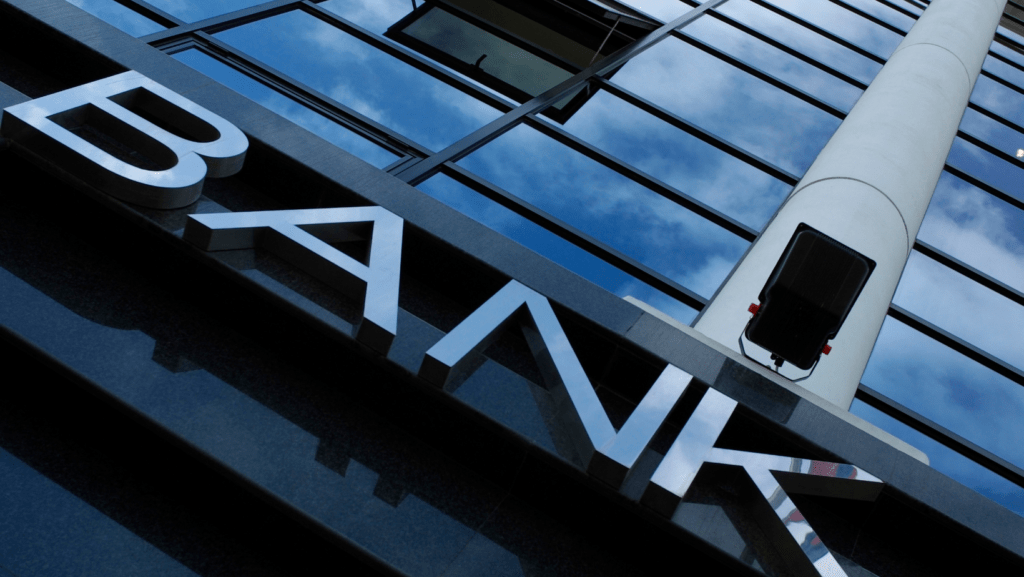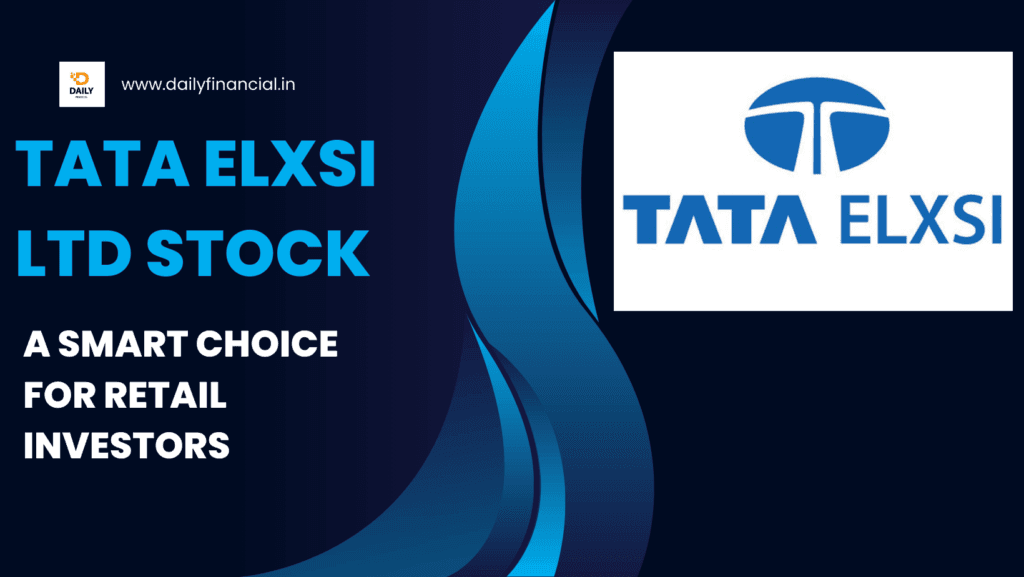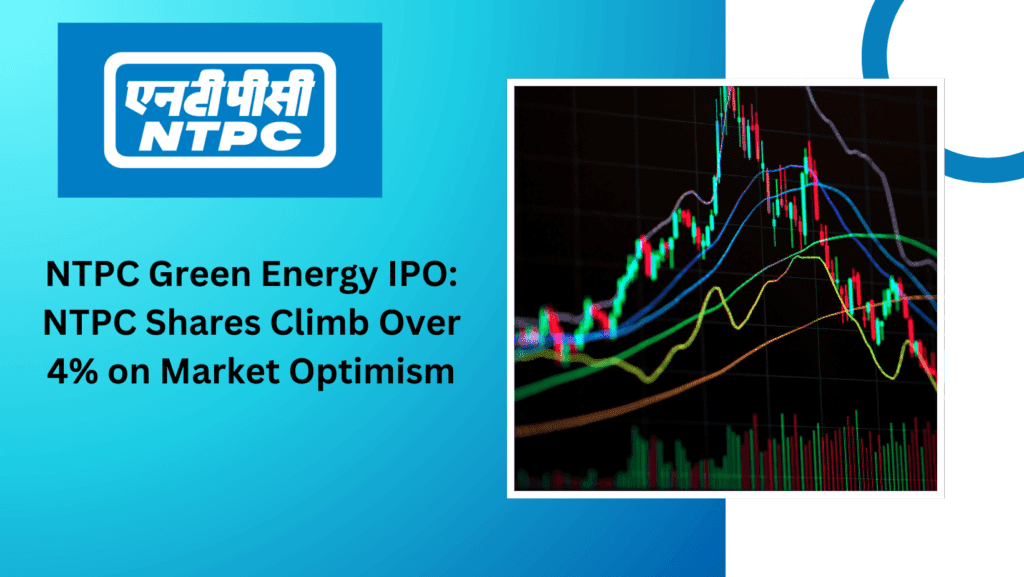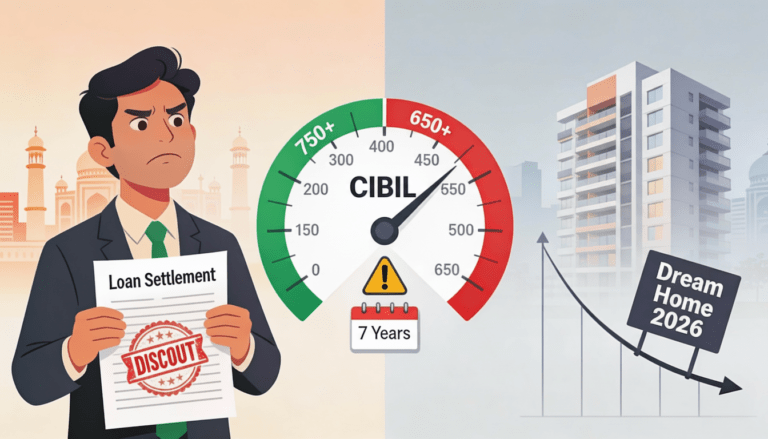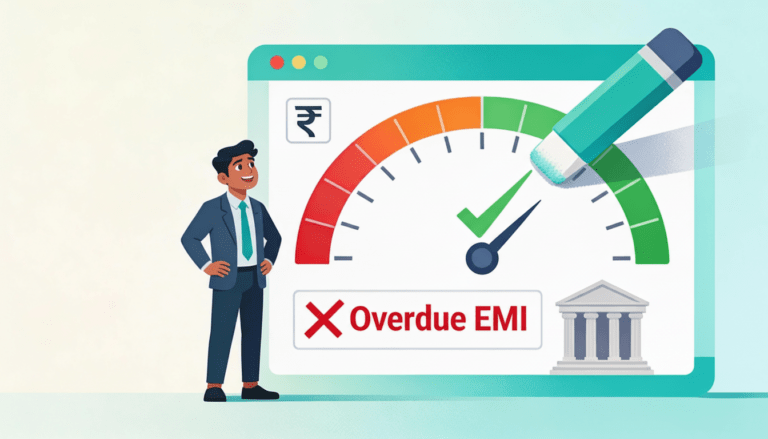
India’s Top 10 Small Business Loans of November 2025
The surprising truth about small business loans in India in 2025—most entrepreneurs overlook a game-changing financing secret that saves lakhs and boosts growth. Learn what factors decide approval, interest rates, and speed—and why 2025 is the best year yet to get funded. Ready to decode the loan maze? Click now to uncover how top SMEs are winning big despite rising costs and tightening regulations.
Uncovering a Shocking Fact That Could Change Your Business’s Future
Did you know that a majority of Indian small business owners leave easy government-backed loans on the table every year—loans that don’t require collateral and process approvals in under an hour? Yet, despite this, many struggle with high-interest rates and long approval times from traditional banks. What’s stopping your startup or MSME from tapping into this low-cost capital goldmine? The surprising truth lies in how these loans are structured, the hidden benefits few talk about, and the latest shifts in lending policies—details you need to understand now to fuel your business growth in 2025.
Clear Breakdown of the Top 10 Best Small Business Loans in India (Nov 2025)
The landscape of small business loans in India is evolving rapidly with government schemes, public and private sector banks, NBFCs, and fintech lenders playing distinct roles. Here's an easy guide to what’s available in November 2025.
| Loan Provider/ Scheme | Loan Amount Range | Interest Rates (p.a.) | Key Features | Eligibility | Processing Time |
| Pradhan Mantri Mudra Yojana (PMMY) | Up to ₹20 Lakhs | As low as 8% (subsidized) | Collateral-free, multiple loans tiers | Micro units, startups, small vendors | 7-10 working days |
| SIDBI 59-Minute Loan Scheme | Up to ₹5 Crore | Competitive, affordable | In-principle approval within 59 minutes | Established MSMEs | 59 minutes |
| SBI MSME Business Loan | ₹50,000 to ₹5 Crore | Around 10% | Trusted PSB, flexible tenure | Running business > 3 years | 3-7 days |
| HDFC Bank Business Growth Loan | ₹50,000 to ₹50 Lakhs | 10.75%-16.5% | Digital & branch application, good for growth | 3+ years business operation | 3-5 days |
| ICICI Bank Insta OD | ₹1 Lakh to ₹20 Lakhs | Linked to MCLR + spread | Instant overdraft linked to current account | ICICI account holders | Same day |
| BharatNXT Lending | Up to ₹30 Lakhs | Moderate to high | Paperless, unsecured, fast disbursal | Startups, growth businesses | 1-2 days |
| Bajaj Finserv Business Loan | Up to ₹40 Lakhs | 12%-20% | Wide distribution, quick approvals | Good credit score recommended | 24-48 hours |
| LendingKart Business Loan | Varies | 15%-28% | Fintech driven, flexible payback options | Startups and SMEs | 1-3 days |
| DMI Finance Collateral-free Loan | Up to ₹25 Lakhs | Competitive | Digital-first, fast and transparent | SMEs & startups | Less than 48 hours |
| Credit Guarantee Fund Trust for Micro and Small Enterprises (CGTMSE) | Up to ₹2 Crore | No collateral required | Guarantee-backed loans, wide reach | New and existing MSMEs | 7-10 days |
Which Lenders Offer the Most Flexible Repayment Options for SMEs
The lenders in India offering the most flexible repayment options for SMEs in 2025 include both traditional banks and fintech/ NBFC players. Key features frequently highlighted are EMI holidays, step-up EMIs, bullet repayments, revenue-based repayments, flexible tenures, and part-prepayment without penalties. Here are the top lenders and the flexible repayment options they provide:
- Bajaj Finserv: Offers Flexi Term and Flexi Hybrid Term Loans with reduced EMI options where you can pay only interest initially and principal later, plus part prepayment options without heavy penalties. Tenures range from 12 to 96 months, giving businesses extended repayment flexibility.
- DMI Finance: Digital-first lender offering flexible repayment terms tailored to cash flows, with quick approvals and options including bullet payments and EMI holidays to ease seasonal cash flow pressure.
- FlexiLoans: Loans up to ₹50 lakh with customizable tenure to match business sales cycles, collateral-free with transparent costs and the ability to adjust repayment schedules for months of slower business.
- LendingKart: Fintech with flexible payback models, including early repayment and tailored EMI plans based on risk assessment. Entire application is online with fast disbursal in 1-3 days.
- SBI SME Smart Score Loan: Offers repayment tenures that align with business capabilities, including good flexibility for businesses with solid documentation and credit history.
- Ecofy: Emphasizes lighter compliance and repayment plans that can include bullet repayments and revenue-based payment models, helping startups and SMEs adjust repayments according to business performance.
- Poonawalla Fincorp: Collateral-free loans with repayment tenures ranging from 6 to 36 months and the ability to choose EMI payments based on repayment capacity.
- Muthoot Finance: Multiple SME loan products with varied loan tenures and repayment schemes, including EMI-focused options and holiday periods for repayment.
- Shriram Finance: Provides flexible repayment structures such as customized schedules, moratorium periods, step-up EMIs, and balloon payments tailored to growing or seasonal businesses.
- NeoBanks (e.g., RazorpayX, Open): Leverage transaction data to offer flexible limits and repayment options, focused on digital convenience and quick approvals.
Little-Known Aspects That Could Save You Lakhs
- Collateral-Free is the New Normal: Thanks to schemes like CGTMSE and Mudra loans, many Indian MSMEs now access capital without risking fixed assets, which was a major hurdle earlier. This unlocks fresh capital for risk-averse entrepreneurs.
- Speed vs. Cost Trade-off: Fintech lenders and NBFCs like BharatNXT, LendingKart, and DMI Finance offer loans within 1-3 days digitally, often unsecured—but at slightly higher rates (15-28%). Traditional banks provide cheaper rates but come with longer processing times and stricter eligibility.
- Government’s Role – Cutting Red Tape: The SIDBI “59 Minutes Loan” scheme is a revolution, accelerating approvals of up to ₹5 Cr for eligible MSMEs. Yet, awareness remains low, and many small businesses miss out.
- Repayment Flexibility Innovations: 2025 lenders increasingly offer EMI holidays, step-up repayments, and revenue-based repayments catering to startups' varying cash flows. These flexible terms can provide crucial relief during slow growth periods.
- Interest Rates Are Surprisingly Low: RBI’s accommodative monetary policy in 2025 has brought business loan rates lower than the past 5 years, with government-backed loans sometimes as low as 8%-10%, offering a golden opportunity to refinance costlier debt.
Expert Insight: What Financial Advisors Are Saying
“Small businesses need to leverage a mix of government schemes and nimble fintech loans strategically. For instance, use Mudra or SIDBI loans for capital expenditure at low cost, while fintech loans can cover working capital gaps quickly,” says Ramesh Iyer, MSME financial consultant in Mumbai.
How to Choose the Right Small Business Loan in 2025
Choosing the right small business loan in 2025 starts with evaluating your business’s age and creditworthiness. A strong credit score (typically above 700) increases your chances of approval and better terms. Decide between secured loans, which offer lower interest but require collateral, and collateral-free loans that provide faster processing and ease of access. Clearly identify your loan purpose—whether it’s for expansion, working capital, or equipment purchase—as this influences loan options and terms. Prioritize lenders offering flexible repayment plans aligned with your cash flows, such as EMI holidays or step-up EMIs, to better manage your finances. Finally, apply digitally through NBFCs and fintechs that provide streamlined, user-friendly apps for quicker approvals and disbursals. This approach ensures an optimal loan choice tailored to your business needs and growth ambitions in 2025.
- Evaluate your business tenure and credit score.
- Decide between secured loans (lower rates) vs. collateral-free (speed and ease).
- Identify your loan purpose: Expansion, working capital, equipment purchase.
- Look for flexible repayment options aligned with your cash flows.
- Apply digitally to save time. NBFCs and fintech lenders offer user-friendly apps.
Actionable Takeaways for Indian Entrepreneurs
- Check eligibility for government schemes first—they are cheaper and safer.
- Maintain good business documentation to speed bank loan approvals.
- Use fintech loans for urgent capital needs but compare interest rates carefully.
- Leverage tech-enabled digital applications for faster disbursement.
- Stay updated on RBI policy changes that influence interest rates and credit terms.
The Future: What’s Next for Small Business Loans in India?
The future of small business loans in India is set to be shaped by rapid digital transformation, regulatory innovation, and expanding financial inclusion. By 2026, fintech platforms and NBFCs will dominate lending, offering instant, flexible loans tailored to MSME cash flows through AI-driven credit assessments and real-time UPI 2.0 integrated disbursements. The RBI’s Digital Credit Interoperability Blueprint will enable seamless loan portability, empowering businesses with lender choice and competitive rates. Moreover, sustainable lending will grow with green credit scoring rewarding eco-friendly enterprises. Public-private partnerships and embedded finance solutions will further democratize credit access, fueling India's 6 crore small businesses into a new era of growth and empowerment.
The lending ecosystem is set for further transformation in 2026 with:
- Increased AI integration for credit risk assessment allowing more startups access.
- More public-private partnerships offering hybrid loans with grants and credit lines.
- Further lowering of processing times to “loan in minutes” with better KYC/e-KYC technologies.
- Introduction of green business loans fueling sustainable MSME ventures.
Are you ready to tap into these future-ready financial products to accelerate your business growth?






